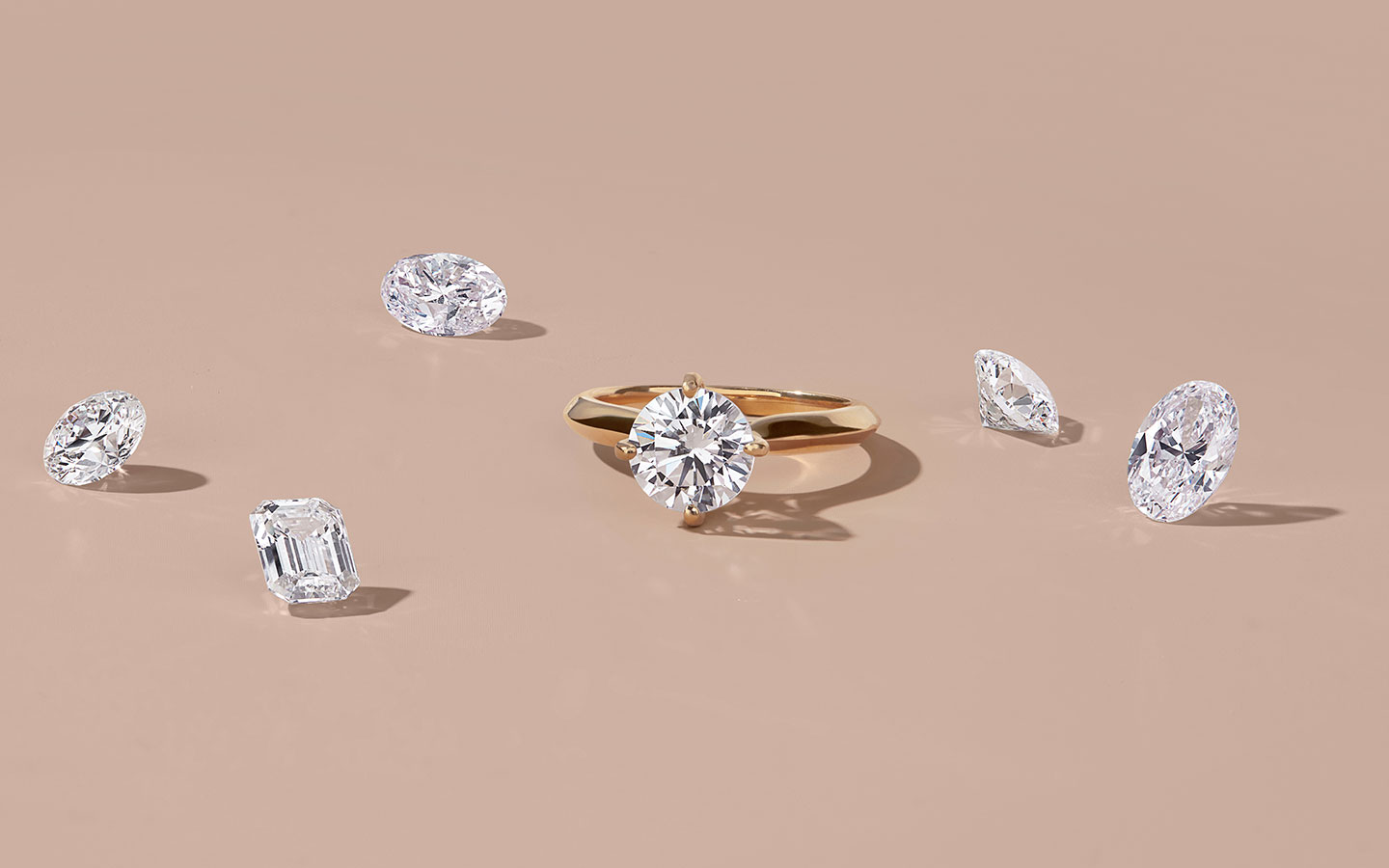In the world of fine jewelry, the rise of lab created diamonds has brought a new level of transparency and innovation. With increasing demand, buyers are paying close attention to certifications that validate the quality of these diamonds. When comparing GIA vs IGI, it becomes essential to understand what each certification means, especially when purchasing lab created diamonds. These reports are not just paperwork — they are the assurance of your diamond’s characteristics and authenticity.
What Are Lab Created Diamonds?
Before diving into GIA vs IGI, it’s important to revisit what lab created diamonds actually are. These are real diamonds, created in highly controlled laboratory environments that mimic the conditions under which natural diamonds form. They possess the same chemical, optical, and physical properties as mined diamonds. With the market for lab created diamonds growing rapidly, certification becomes a vital factor in the buying process, providing assurance of quality and value.
The Role of Certification in the Diamond Industry
Certification plays a key role in determining a diamond’s quality, value, and authenticity. Whether you’re purchasing a mined or lab created diamond, a grading report helps you understand the 4Cs — cut, color, clarity, and carat weight. The debate of GIA vs IGI often arises when choosing a grading authority. Both institutes assess diamonds, including lab created diamonds, but their methodologies and reputations vary, which can influence your buying decision.
What is GIA and How Do They Grade Lab Created Diamonds?
The Gemological Institute of America (GIA) is arguably the most recognized name in diamond grading. Established in 1931, the GIA set the global standard for diamond grading and introduced the 4Cs. In recent years, the GIA began grading lab created diamonds, although they were initially cautious. When it comes to GIA vs IGI, the GIA is known for its strict grading standards and conservative approach. A GIA report is typically seen as more prestigious, though GIA-graded lab created diamonds may come at a premium price due to this reputation.
What is IGI and How Do They Compare?
The International Gemological Institute (IGI) is another well-known authority in the diamond certification space, particularly when it comes to lab created diamonds. IGI has been grading lab created diamonds for years and was one of the first to embrace them commercially. This proactive approach gave IGI a significant edge in the lab-grown market. In the GIA vs IGI comparison, IGI is often seen as more accessible and affordable. They offer detailed and consistent grading reports, though some buyers perceive them as slightly more lenient than the GIA.
Differences Between GIA and IGI for Lab Created Diamonds
In the GIA vs IGI debate, the core difference lies in their grading consistency and how their reports are perceived in the marketplace. GIA uses a stricter scale and is more conservative in grading color and clarity. This means that a lab created diamond graded by GIA may receive slightly lower ratings than the same diamond graded by IGI. While this doesn’t affect the actual quality of the lab created diamond, it can impact price and consumer confidence. IGI, on the other hand, provides faster service and has become the go-to certification for many retail chains offering lab created diamonds.
Why Certification Matters for Lab Created Diamonds
Certification is particularly crucial for lab created diamonds because they are relatively new in the mainstream market. Buyers rely on grading reports to ensure they are getting fair value and quality. In the GIA vs IGI comparison, understanding what each lab stands for helps consumers make educated decisions. Whether you prioritize conservative grading or quick accessibility, both institutions offer legitimate evaluations that are essential in the buying process.
Which One Should You Choose: GIA or IGI?
Choosing between GIA vs IGI ultimately depends on what matters most to you. If you’re looking for the gold standard in diamond grading and are willing to pay a bit more, GIA might be your preferred choice for lab created diamonds. However, if you want a high-quality report with slightly more generous ratings and quicker turnaround times, IGI provides excellent value, especially in the world of lab created diamonds. Either way, opting for a certified diamond is always better than purchasing an uncertified one.
Consumer Confidence and Resale Value
One often overlooked aspect of the GIA vs IGI debate is resale value. GIA-certified lab created diamonds may carry more weight in resale situations due to the institute’s longstanding reputation and rigorous standards. However, with the growing market acceptance of lab created diamonds, IGI-certified stones are gaining credibility and consumer trust. Both certifications help instill confidence, especially when buying online or through large retailers.
Conclusion: Making the Right Choice for Your Lab Created Diamond
In summary, the GIA vs IGI decision isn’t about which certification is better, but which is better suited to your priorities as a buyer. Both organizations provide credible, trustworthy evaluations that help you make informed choices about lab created diamonds. Whether you’re investing in an engagement ring, earrings, or a timeless pendant, knowing the background of your diamond’s certification is as important as the diamond itself. With the right knowledge, you can choose your lab created diamonds with confidence and clarity.

